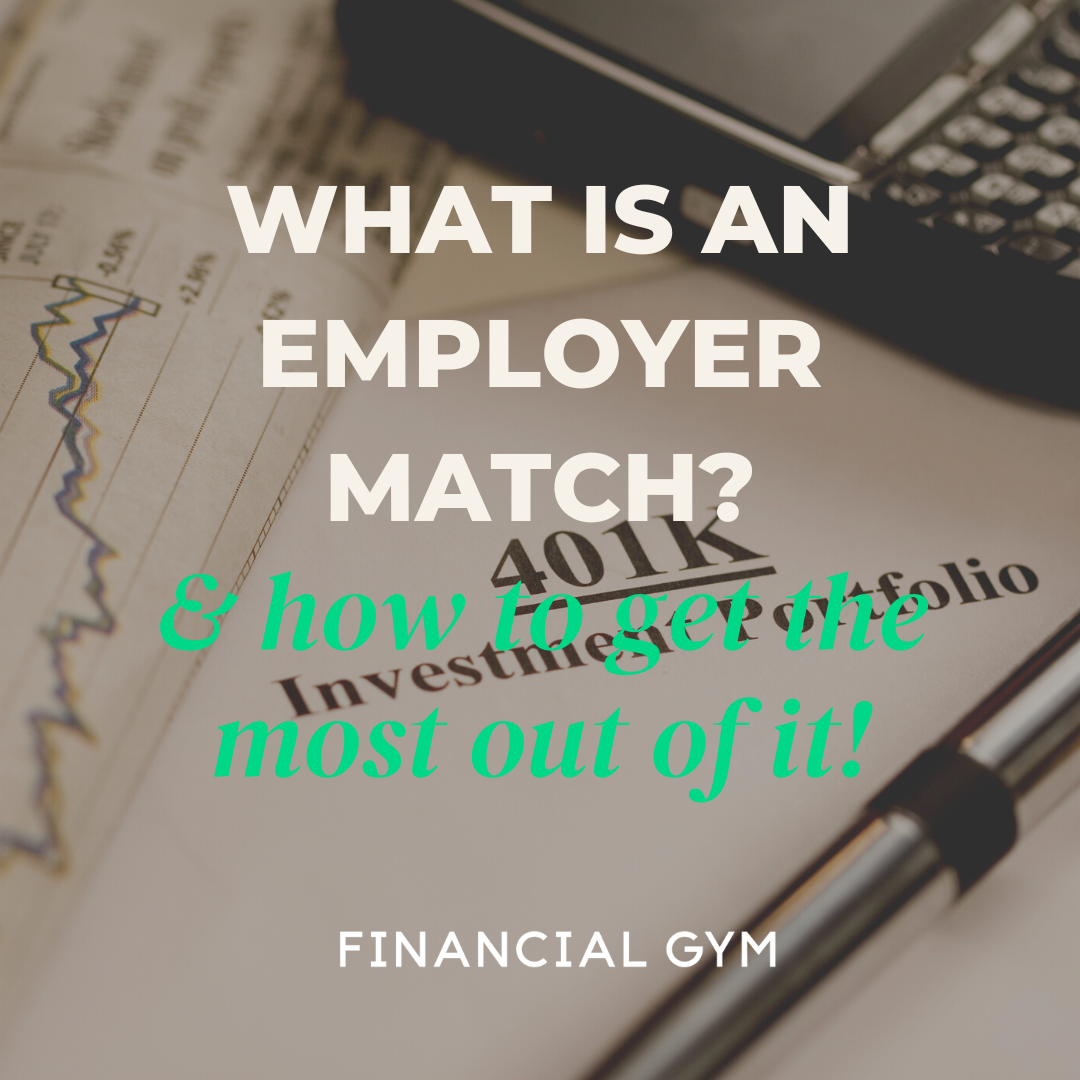What is an Employer Match? And How to Get The Most Out of It
We all love free money. And while an employer match on your 401(k) isn’t exactly free money—it’s actually compensation for your hard work—it sometimes feels that way. To make sure that you are getting the most out of your employer match, you do need to know a thing or two about it.
What is an employer match?
An employer match is a contribution your employer makes to your retirement account based on how much you contribute. Because of its structure (you have to contribute in order for them to contribute), it’s meant to encourage you to save for your own retirement.
How much is a “good” employer match?
The typical employer match is about 3% of your salary, so anything between 4-6% is considered “good” and a match higher than 6% is “great.”
How can you get the most out of your employer match?
Contribute enough to get the full match
To maximize your match, you need to figure out how much to contribute to the full amount. The language of your employer match can be confusing. Start by identifying whether your employer has a full match or a partial match.
Full match: Your employer will match your contributions one-to-one up to a specified percentage. For example, they might match 100% of your contributions up to 5%. This means that if you contribute 5% of your salary to retirement, your employer will also contribute 5%.
Partial match: Some employers will do a partial match, which is anything less than a 100% match. For example, they might match 100% up to 3% and then 50% on the next 2%. This means that if you contribute 5%, your employer will contribute 4%.
Ask your HR department if you don’t know your employer’s match policy or if you’re unsure how much to contribute to get the full match.
Know when you’re eligible to receive your employer match
It’s not very common, but some employers might not start matching your contributions right away. They might instead require you to work for six to twelve months before they start matching your contributions. Depending on your financial priorities, it could make sense to delay starting your 401(k) contributions until your employer starts matching. In the meantime, you can use the extra money in your paycheck to pay off credit card debt or save for an emergency fund.
Understand your vesting schedule
While your employer will make ongoing contributions to your 401(k) as a match, those aren’t really yours to keep until they are vested. “Vested” is another word for ownership. Unvested contributions are like a promise if certain conditions are met. Some employers have a vesting period, meaning that you will not keep your employer match until you have worked for your employer for a certain amount of time (typically about 2 years). Your own contributions are always yours to keep. If you are considering leaving a job before your match is vested, make sure to understand how much money you’re leaving on the table and take that into account in your compensation negotiation for your new job.
Need help understanding your employer match?
To get started, schedule a free 20-minute consultation call to speak to a member of our team. We will ask you a few basic questions to get to know you more, walk you through our financial training program steps, and answer any questions you may have. No pressure to join! Need advice quickly? Talk to one of our Trainers on Demand.

